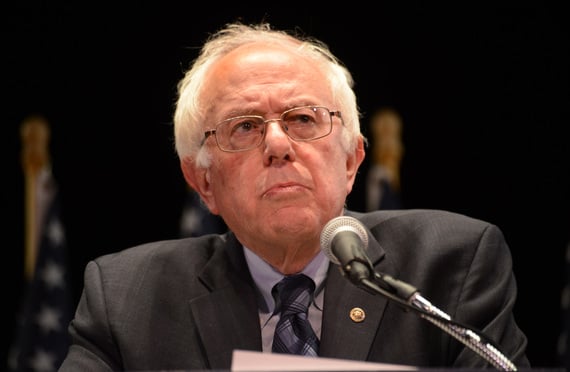(Bloomberg View) — The income gap between smokers and nonsmokers has grown. And it's something companies may need to address directly in their efforts to help employees kick the habit.
Over the past several decades, smoking rates have fallen sharply among high-income, highly educated Americans and not as much for less educated, low-income people. The result is that, in 2013, the smoking rate exceeded 20 percent for people with a high school degree or less while among those with a graduate degree it was just 5.6 percent.
Among people living in poverty, smoking was almost twice as common (29 percent) as among those at or above the poverty line (16 percent).
Complete your profile to continue reading and get FREE access to BenefitsPRO, part of your ALM digital membership.
Your access to unlimited BenefitsPRO content isn’t changing.
Once you are an ALM digital member, you’ll receive:
- Critical BenefitsPRO information including cutting edge post-reform success strategies, access to educational webcasts and videos, resources from industry leaders, and informative Newsletters.
- Exclusive discounts on ALM, BenefitsPRO magazine and BenefitsPRO.com events
- Access to other award-winning ALM websites including ThinkAdvisor.com and Law.com
Already have an account? Sign In
© 2024 ALM Global, LLC, All Rights Reserved. Request academic re-use from www.copyright.com. All other uses, submit a request to [email protected]. For more information visit Asset & Logo Licensing.








